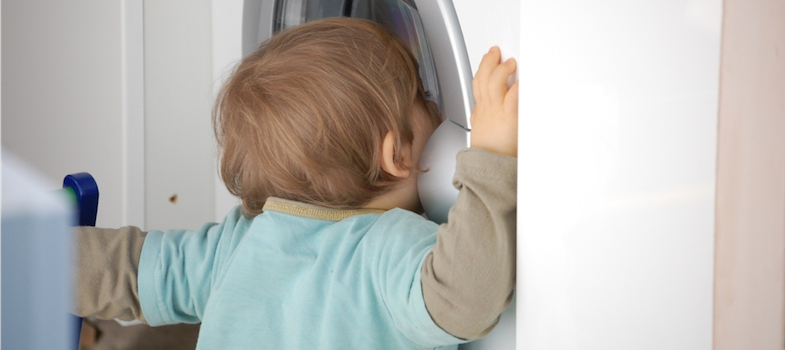Comment on Activity 5.1
Comment
Sue and Margje both talked about the positive discussions that they have had with parents whilst using In-the-Picture. They suggested that the approach provides a focus that can be talked about either from the photographs, the first person narrative observations or the combination of both perspectives. The detail that In-the-Picture provides often enables discussion of points or issues that might previously have been missed. Margje in particular found the first person narrative observations useful to reflect on and share with parents to explore their interpretation of what might be happening.
Both practitioners noted that there can be variation in the level of interest parents show in discussing the information that comes from using In-the-Picture. This can often be down to practical issues at the time of the session, for example looking after other children, but also due to unfamiliarity with the approach, as with the photographs of objects of interest. This highlights the usefulness of some preparatory discussion between practitioner and parents before they try In-the-Picture, so that it is seen as a shared endeavour.
Portage Home Visitors from the 10 services in the research follow up, were also very positive about the reflective discussions that they had with parents whilst using In-the-Picture.There was a perception that such engagement enhanced partnership and developed collective understanding that often extended beyond the family. As one practitioner noted the discussions were particularly useful if they involved other agencies, for example staff from the setting that the child attended:
The little girl that I've been doing it with a couple of times with has just started at the pre-school and transitions have been quite difficult for her. So we used it with that to look at whether some of her behaviours were due to not feeling comfortable or whether they were just sensory seeking type behaviours….
The reflective discussions represent an opportunity for both families and practitioners to reach shared interpretations about events in new ways. Practitioners in the study noticed that parents became more tuned into what their child was doing and more empowered as observers. Although it may be a practitioner who first introduced In-the-Picture to a family often parents were found to carry on and extend the approach themselves, as was noted by this interviewee:
So parents would then come and say oh you have those two things, but what about this, or he really enjoyed playing with that or. So they would kind of actually go through the things I already had, and that kind of gave (us) a way of reflecting.
For several practitioners such parent lead innovation was one of the most rewarding and enjoyable aspects of using In-the-Picture.
